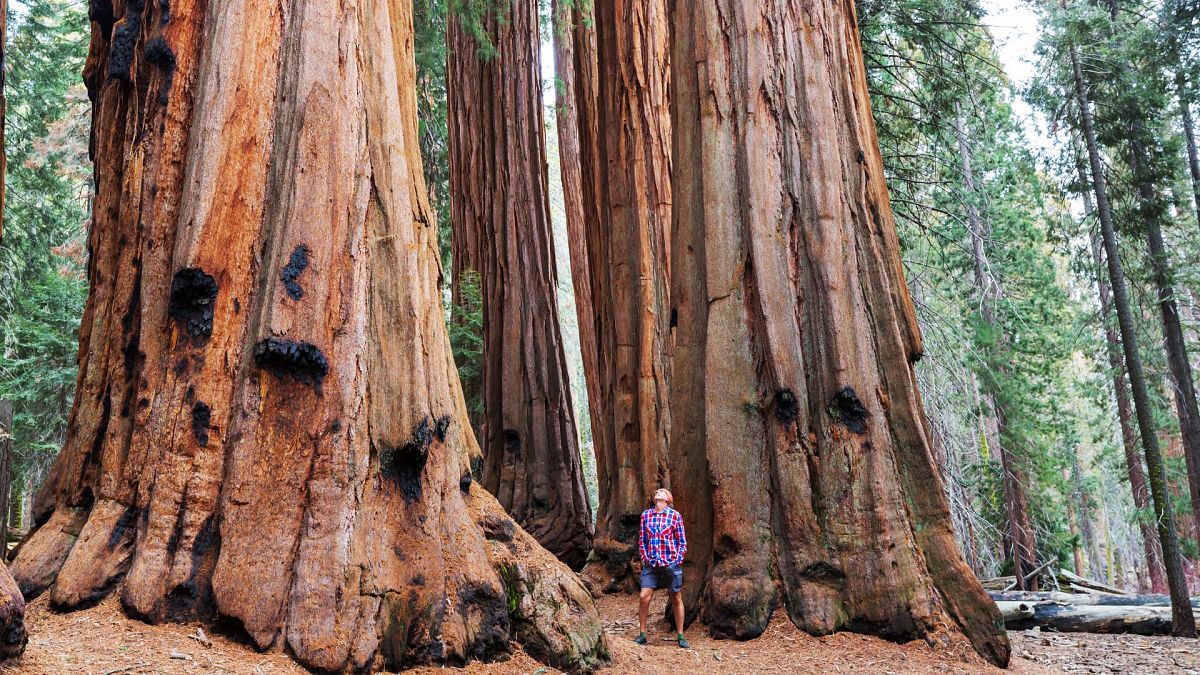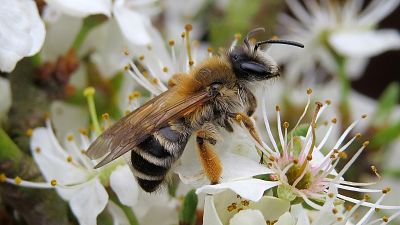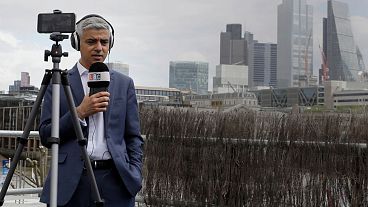This homegrown carbon offset scheme is inviting you to plant the trees yourself.
Homegrown sustainability projects should replace dodgy carbon accreditation schemes, a UK climate entrepreneur has urged.
As the race to net-zero heats up, carbon offsetting programs are becoming increasingly popular.
Promoted by companies as a way to fight climate change with the click of a button, many of these projects may actually make global heating worse.
Some of the world’s leading certification schemes vastly overestimate their emissions reductions, investigations have revealed, offering big polluters ‘phantom credits’.
Disingenuous offsets are a “huge problem,” says Henry Emson.
In 2019, Emson founded the ‘The Great Reserve’, an organisation aiming to plant 100,000 giant sequoias in the UK.
The climate entrepreneur believes that the massive trees - which capture more carbon than any other tree species - could provide companies with a meaningful way to offset their carbon emissions.
“There’s been a lot of mis-sold carbon credits,” Emson says.
“We think sequoias provide a solution to that.”
What is the Great Reserve?
Emson started the Great Reserve after becoming a father. He wanted to offset his family’s emissions - but was suspicious of “far-flung” offsetting schemes around the world.
“During my research, I found an article on General Sherman,’ he explains.
General Sherman is the largest single-stem tree in the world. The giant sequoia seeded anywhere between 2,200 and 2,700 years old, and now towers 83 metres above the forest floor. At its base, the ancient specimen is over 11 metres wide.
General Sherman will consume around 1,400 tons of CO2 in its lifetime. An average person in the developed world generates about 520 tons in 80 or so years, so this one tree is offsetting the footprints of nearly three people.
“We realised that carbon offsetting for someone’s lifetime footprint was possible… and we need to help with the protection of the species,” Emson says
These gentle giants of the forest can be traced all the way back to the Triassic Period, 200 million years ago.
But they are under threat. Every year, increasingly intense wildfires rip through the western slopes of the Sierra Nevada mountain range, the only place where the trees grow naturally.
There are around 75,000 left in the world, with fires, drought, and bark decimating roughly 10 per cent of this number per year.
The Great Reserve want to fight back.
“We’ve already planted 3,000 trees. And we’re only just getting started,” Emson says.
Giant sequoias can be successfully grown in the UK. They are non-invasive because they only naturally propagate when fire helps them spread their seeds. The means that the towering redwoods can be planted on old conifer plantations, increasing biodiversity without threatening native species.
Is the Great Reserve a better offset option?
Not all offsets are created equal. Last year, a Guardian investigation found that 94 per cent of the rainforest credits offered by market leader Verra had “no benefit to the climate.”
Previously named One Life One Tree, the company has recently relaunched as the Great Reserve and started offering corporate offsets.
Verification and follow-through are major issues in the offset market, says Jill Faircloth, the company’s director.
“One of the problems with buying your carbon credits from far flung places, is how do you know that it's not just ‘plant and forget?’”, she asks.
“Planting a tree is one thing, but actually nurturing it and making sure that it survives and thrives is another.”
With a UK-based project, you can “go and check” on your tree, she says.
“You can walk into the grove and find your tree and make sure that it's doing well.”
Carbon offsetting cannot be a substitute for decarbonisation, however. As the world heats up, cutting fossil fuel use is a moral and financial imperative.
They shouldn’t be a “get-out-of-jail-free” card for the world’s biggest polluters. But offsetting credits can be a useful way to suck up the carbon that is already in the atmosphere - if you can authenticate the scheme in question.
As third party verification of schemes come under fire, the onus is shifting to carbon buyers to vet their purchases.
Cutting-edge technology like drones can help ensure legitimacy. But bringing offsetting closer to home is perhaps the simplest way to ensure that your offset money is actually combatting climate change.
“People want to see durability and longevity. And more than that, they want to roll up their sleeves and get stuck in,” Emson says.
“They don’t want to be stuck at a computer just clicking a button. So we say, come and plant a tree.”



